ASIC Miner ICERIVER KAS KS0 Profitability In the realm of cryptocurrency mining, the Iceriver KAS KS0 miner has garnered widespread attention. Tailored specifically for the Kaspa network's KHeavyHash algorithm, it boasts high hashing power and low power consumption, making it an ideal choice for many miners. In this article, we will comprehensively assess IceRiver KS0 profitability while considering the Kaspa market conditions and the attributes of KS0 miner. Kaspa Market Dynamics Kaspa is a vibrant cryptocurrency network aimed at delivering high performance and scalability for everyday transactions. At the time of writing this article, the Kaspa coin trades at approximately $0.04959. But it's essential to note that cryptocurrency markets are highly susceptible to price volatility. Hence, investors must remain vigilant about market dynamics. Additionally, the Kaspa network's mining difficulty and reward mechanisms play a role in mining returns. Attributes of the IceRiver KS...
Introduction to the chip types of Antminer S17e hash board
The chip types on the Antminer S17e hash board mainly include ASIC chip, temperature sensor chip, MOS tube chip, PIC chip, EEPROM chip, etc. So where are they all on the hash board, and what do they do? Through this article, let's find out together.
Easily damaged parts of Antminer S17e hash board:
ASIC chip: BM1396AB ASIC chip
Under the dense heat sink is the ASIC chip of the S17e hash board. A single S17e hash board carries 135 BM1387 ASIC chips. Each chip has independent small heat sinks on both sides. They are mainly responsible for the hash rate calculation of the whole miner.
U1: CT1F
SN74LVC1T45DBVR CT1F is a dual power bus transceiver chip IC in 6-pin SOT23-6 package technology, and the operating voltage is between 1.65V~5.5V.
U3: dsPIC33EP16 GS202 PIC chip
dsPIC33EP16 GS202 is a hash board 16-bit microcontroller chip that adopts SOIC-28 package specification and is suitable for T9+, S17, S17e, and other hash boards.
Q6: MOS DMP34M4SPS-13
The MOS DMP34M4SPS-13 is a P-channel enhancement mode MOS designed to minimize RDS(ON) and maintain excellent switching performance, making it ideal for power management and load switching.
U6: Boost converter MPSK391517DR
MPSK391517DR is a boost converter chip in tiny 4mm*4mm 16-pin QFN package technology. Its products feature open-circuit load protection, zero-current shutdown mode, and thermal shutdown.
U4: Regulator AP431SAN1TR-G1
AP431SAN1TR-G1 is a 3-terminal adjustable shunt regulator, its sharp turn-on characteristics, low-temperature coefficient, and low output impedance make it an ideal replacement for Zener diodes in switching power supplies, often used for maintenance of hash boards spare parts.
U5: EEPROM ATH93702DMCN1937
The ATH91502DMCN provides 2,048-bit-serial electrically erasable and programmable read-only memory (EEPROM). The cascading feature of the device allows up to eight devices to share a common 2-wire bus. Extended data retention time, 1,000,000 write cycles, and filtered input for noise suppression.
U171: Regulator MP2019K8885301MPSK45
MP2019K8885301MPSK45 is the product number of the MP2019 series of linear regulators; using SOIC-8 EP packaging technology, the output accuracy over temperature range is ±2%, 40V 300mA, low quiescent current adjustable output linear regulator.
U190: Regulator SQ7JK SGM2036-ADJ
The SGM2036-ADJ low power, low dropout, CMOS linear regulator operates over a 1.6V to 5.5V input voltage, -40°C to +85°C temperature range and provides up to 300mA of output current. In addition, the chip has a built-in foldback protection circuit, which is the perfect choice for low-voltage, low-power applications.
U159: Converter 14VF TLV62568DBVR SOT23-5
The TLV62568DBVR uses a SOT-23's 1A high-efficiency buck converter.
U17: LN1134A182MR-G 4KV4
LN1134A182MR-G 4VK4 is a 1.8V low dropout linear regulator LDO; in SOT-23-5 and SOT-353 packages, built-in overcurrent protection and the output voltage accuracy are as high as ±2.0%.
U172: temperature sensor chip NCT218
The S17e single hash board has 4 built-in NCT218 temperature sensing chips. It is a temperature sensing chip with a dual-channel digital thermometer and under-temperature/over-temperature alarm. It can be accurate to ±1.75°C ambient temperature.
Antminer S17e hash board chip summary:
The above is the description of the functions and positions of all chips on the S17e hash board. If you have more details about the product, please leave a message to add.
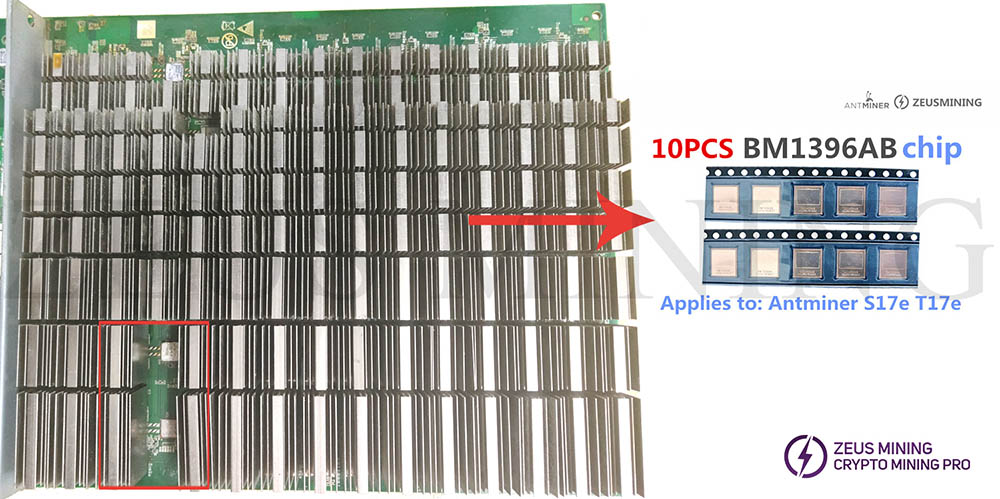
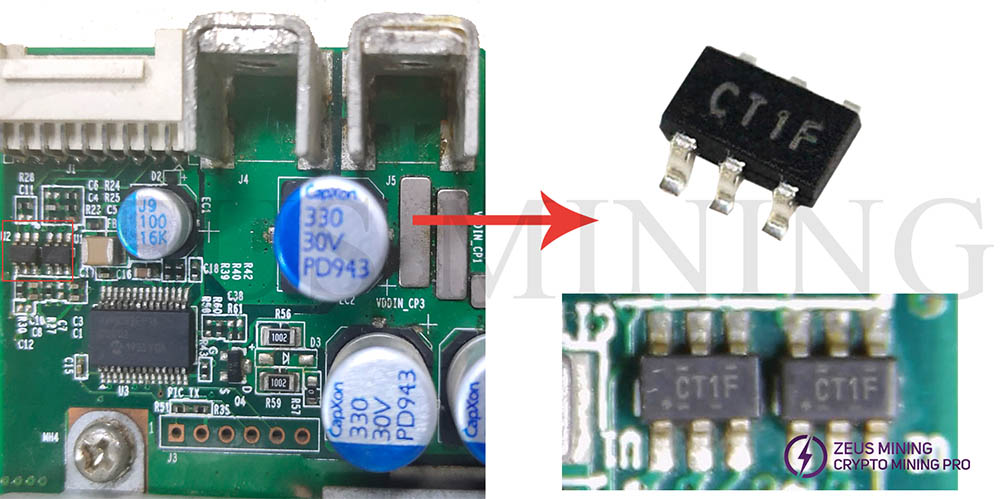
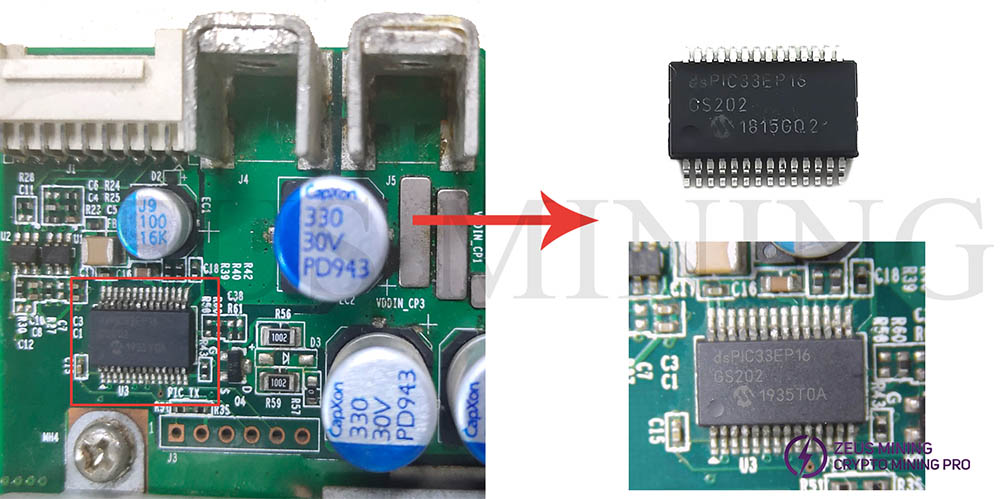
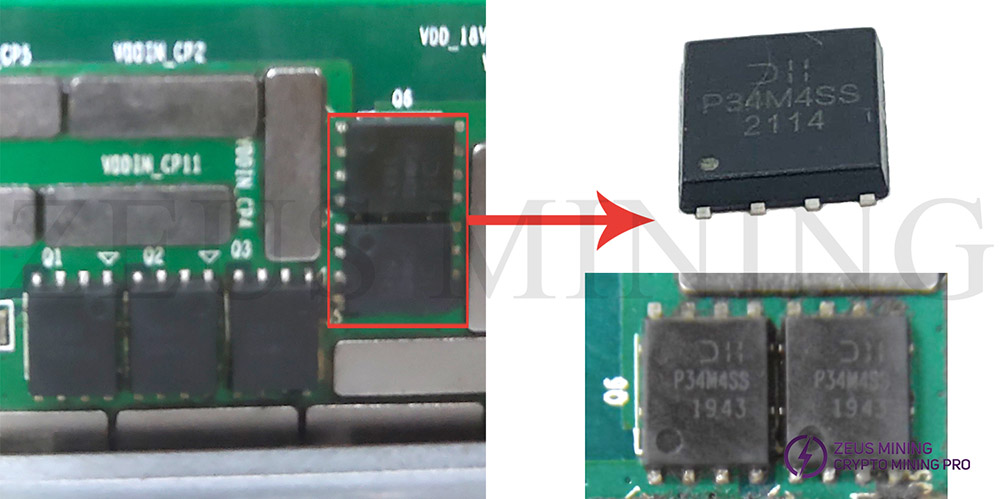


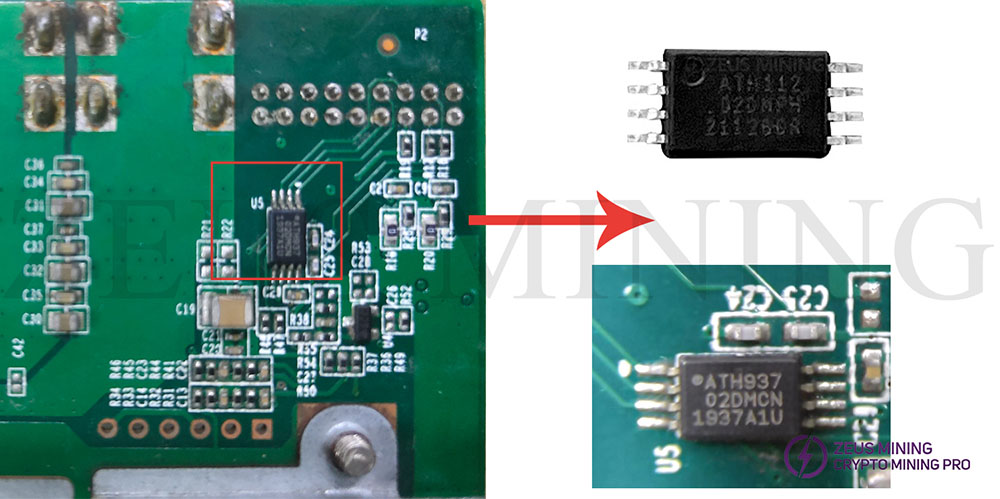


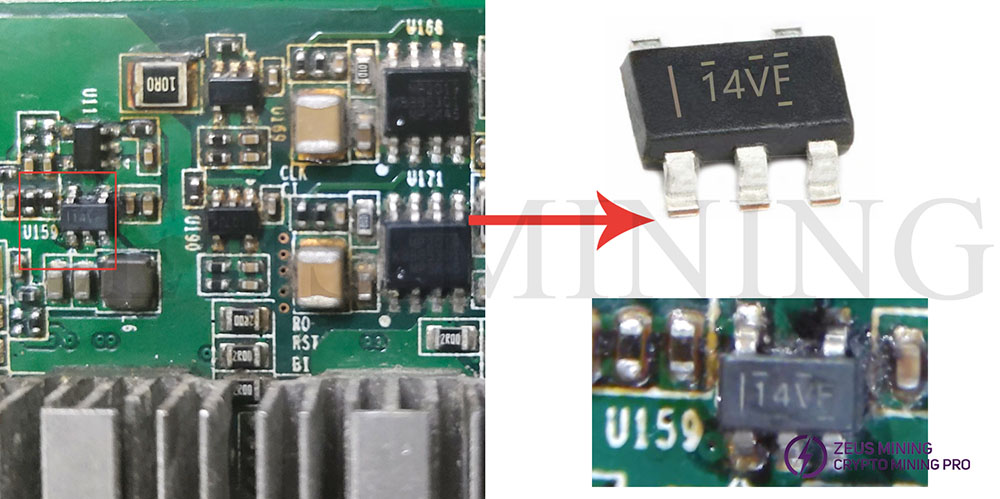



Comments
Post a Comment
Tell us your opinion